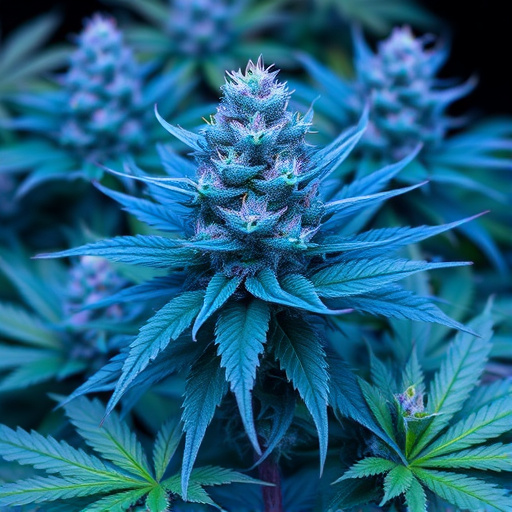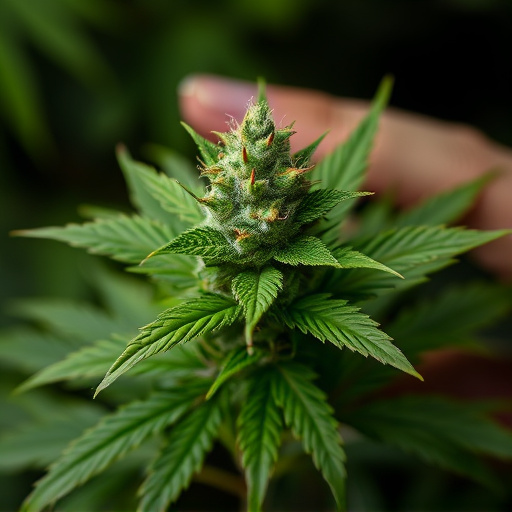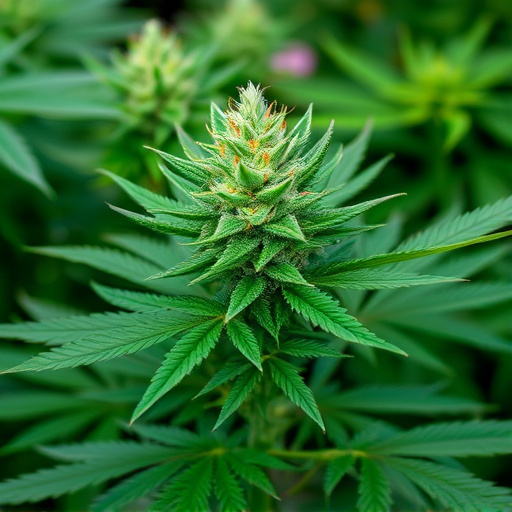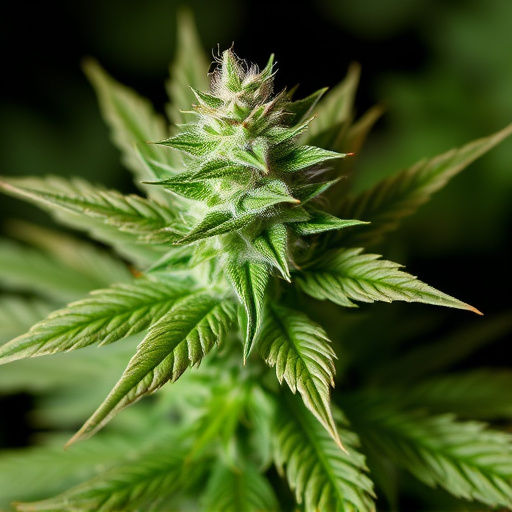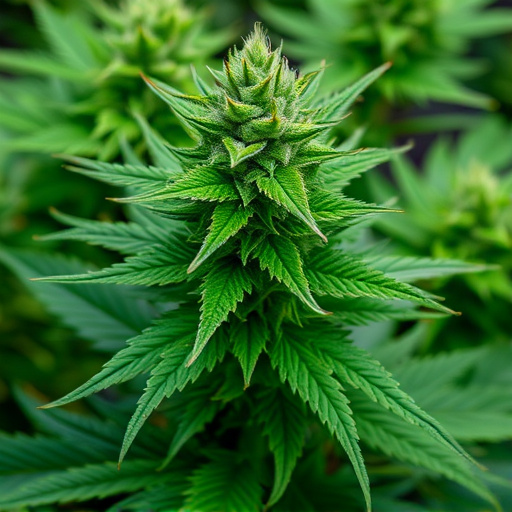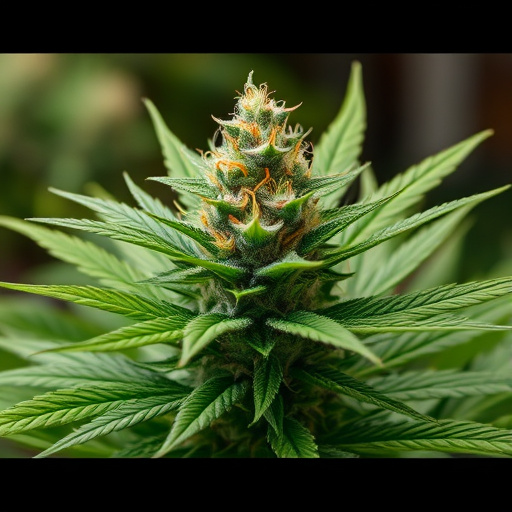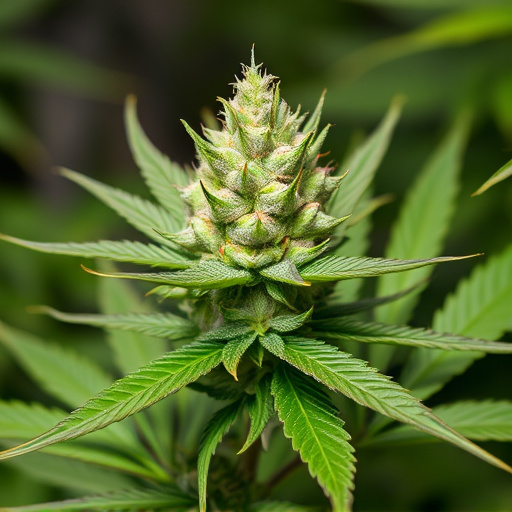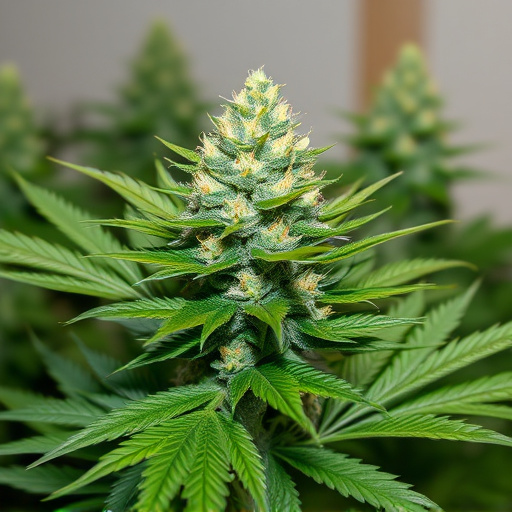Advanced drug testing methods for marijuana, including urine, saliva, and blood tests, detect THC levels, complicating passing tests due to higher concentrations in modern new cannabis strains. Occasional users face challenges with extended detection windows. Staying informed about strain chemistry and test types is key to navigating these complexities, with strategies like consulting expert resources and choosing lower-THC varieties.
Weed, or cannabis, can still show up in drug tests even after consumption. This article explores how modern drug testing methods identify THC, the primary psychoactive compound in marijuana, and why recent advancements in new cannabis strains may lead to false positives. We delve into the implications of these findings and provide strategies for individuals who want to beat drug tests following weed consumption. Understanding these factors is crucial for navigating today’s complex landscape regarding cannabis use and employment or legal considerations.
- Understanding Drug Testing Methods
- The Impact of New Cannabis Strains
- Strategies to Beat Drug Tests After Consumption
Understanding Drug Testing Methods
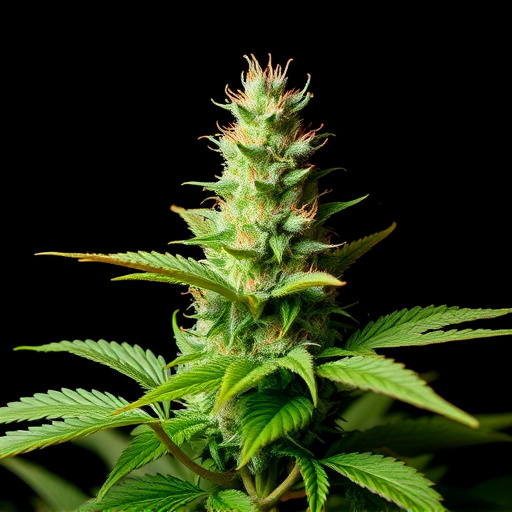
Drug testing methods have evolved significantly, especially with the increasing popularity of recreational and medical marijuana. Traditional urine tests have been supplemented by more advanced techniques like blood, saliva, and hair follicle analysis. These new cannabis strains often contain higher concentrations of THC, the primary psychoactive compound, which can lead to positive test results even after minimal use.
Understanding how different testing methods detect weed is crucial. Urine tests, for instance, look for the presence of THC metabolites, which can remain in the body for extended periods. Saliva and blood tests, on the other hand, detect recent cannabis use by measuring active THC levels. With the diverse range of new cannabis strains entering the market, it’s important to be aware that even trace amounts of THC from legal products like edibles or vapes could potentially trigger a positive drug test result.
The Impact of New Cannabis Strains
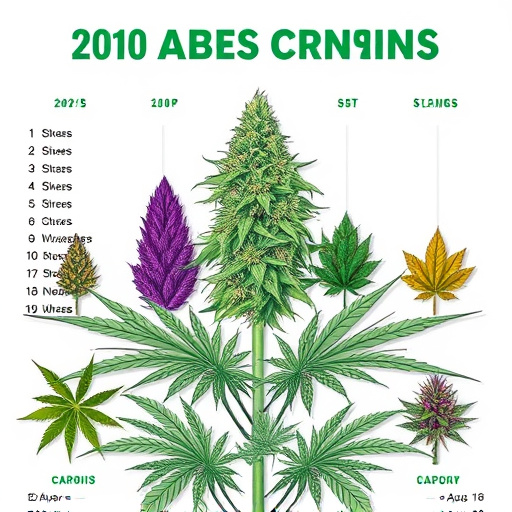
With the legalization and increased accessibility of cannabis, new cannabis strains are constantly emerging on the market. These advanced strains, often bred with enhanced potencies and unique chemical profiles, can significantly impact drug testing results. The high THC levels found in many modern cannabis varieties can prolong the detection window, making it more challenging to pass a drug test, even after occasional use.
Additionally, new cannabis strains may contain distinct cannabinoids that are not commonly detected by standard drug tests. This introduces complexities, as laboratories need to adapt and evolve their testing methods to keep pace with these rapid advancements in the cannabis industry. As a result, individuals seeking to avoid positive drug test results should stay informed about the latest strains and their potential implications.
Strategies to Beat Drug Tests After Consumption
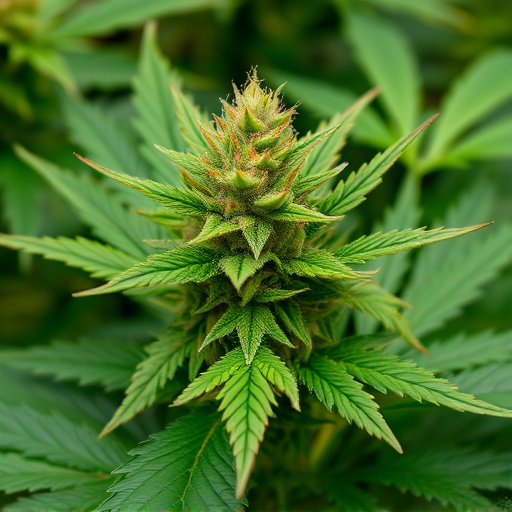
After consuming weed, beating a drug test can feel like navigating a complex labyrinth. However, with an understanding of how cannabinoids are metabolized and new cannabis strains emerging constantly, there are strategies to consider. One approach is to consult experts or resources that keep up-to-date with scientific research on cannabinoid metabolism. Additionally, some individuals turn to alternative methods like specialized detox supplements or increased water intake to help flush out metabolites faster.
Another tactic involves understanding the specific drug test type: urine, blood, or hair follicles. Each has different detection windows and sensitivity levels for THC, the primary psychoactive compound in cannabis. New cannabis strains can vary significantly in THC content, from low-THC hybrids to potent sativa or indica varieties. Knowing this, users might opt for lower-THC options or seek advice on strains with better detox support, though it’s important to note that no strain guarantees a negative test result.
In conclusion, understanding how weed shows up in drug tests is crucial, especially with the rise of potent new cannabis strains. While beat-the-test strategies exist, it’s important to note that these methods are not foolproof and vary based on consumption amounts, frequency, and individual metabolism. As the legal status of cannabis continues to evolve, so too will testing methods, making informed decisions about use and knowledge of one’s rights paramount.

